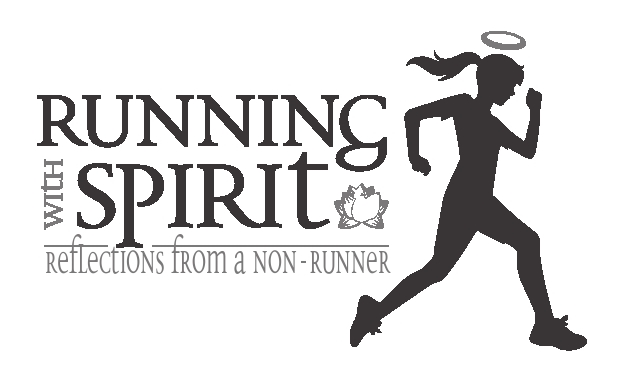My Australian confinement is coming to an end this week and the back of my left knee is an unusual souvenir; a white tailed spider bite. Well, technically Incey Wincey bit me four times. I think it is karma for when I lived in the UK and secretly laughed at the people who couldn't hack visiting Australia because of all the “dangerous” animals. I lived, for the most part, in Australia for 17 years without a deadly spider, snake, jellyfish or shark incident. Ironically as a “tourist” I get the experience. The spider bite itself is not too bad, just like a particularly bad bee or wasp sting. But my left knee has become incredibly stiff and sore, at the worst extending to my hip joint. Evidently my running has come to a stand still.
I have taken this opportunity to reflect and re-evaluate. December I ran every day. January I did an hour and half of yoga everyday. February I did whatever I felt like until I became little Miss Muffet. One of the obstacles I am struggling with is my sense of achievement as a runner has different criteria to the status quo. Quite often I get asked, “How far did you run? How fast? It is how a runner asks “How are you?” At first I was embarrassed because I guess a “runner” would be able to answer these question. Now I just find it extremely irritating, because the people who are genuinely interested in my running journey know nothing is more demotivating to me than a discussion about speed, distance and pace.
There is a reason to my madness at why I have shunned the usual running paraphernalia. Quite early on I observed that people who run with this intention get all the gear (don't forget the fancy watch!) spend a good chunk of time fine tuning their ipod running play list, bore us all with updating their Facebook status with their running distances and times and then before you know it justify to everyone else why they are “too busy to run” The runner's equivalent to what Buddhists refer to as the “monkey mind”. The “real” runners who inspire me barely ever mention their running stats. Occasionally as they are gearing up to an important race they start following a training program but for the vast majority of their runs they simply run.
Simply running is not easy for a non runner. Instead of training sessions I think of my run as a gift to myself and to those I love. Instead of pace, I clearly state my sankalpha (intention) for the run. Rather than speed I focus on the state of my mind; how I feel before and after my run. I meditate on any changes that occurred while concentrating on my breath or grooving with a mantra. I aim to always finish my running practise with gratitude for whatever is important to me at the time. More relevant running statistics to me but the problem is they are not quantifiable, therefore mostly uninteresting to anyone other than myself. How does this attitude transfer into a racing environment?
In some ways I think I should race. I have this lofty idea of running a marathon one day and racing is the road of expectation. It's a bit like life where ideally there is a set pattern people expect you to follow; boy meets girl, engagement, wedding, baby. But not all lives run to this script and yet still manage a happy ending. A runner is expected to do 5km, 10km, Half Marathon, Marathon all within an allotted time frame following whatever running program is in vogue. But aren't there more ways than one to win a race? Does racing really matter? Back to my curds and whey.
